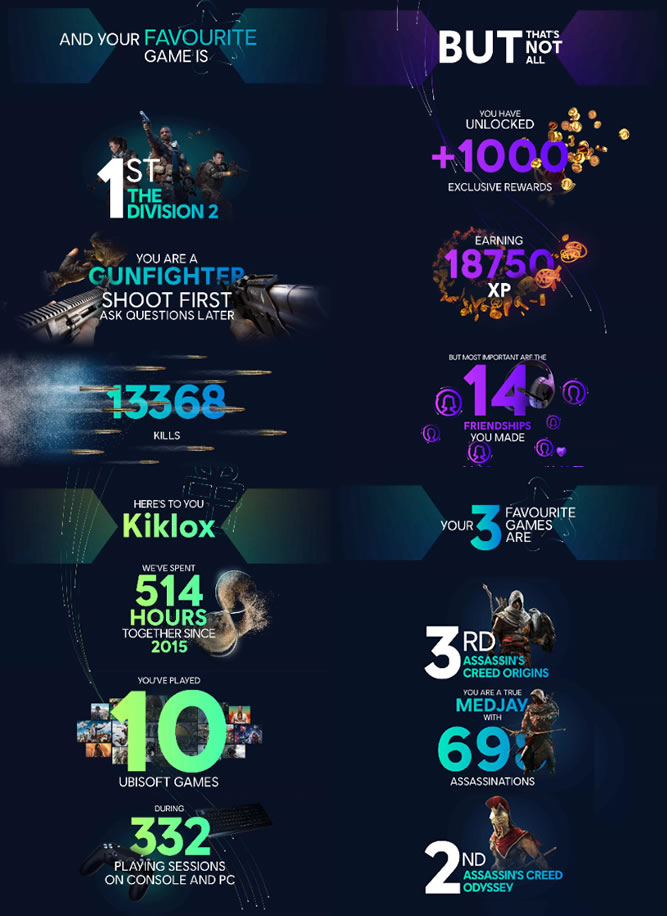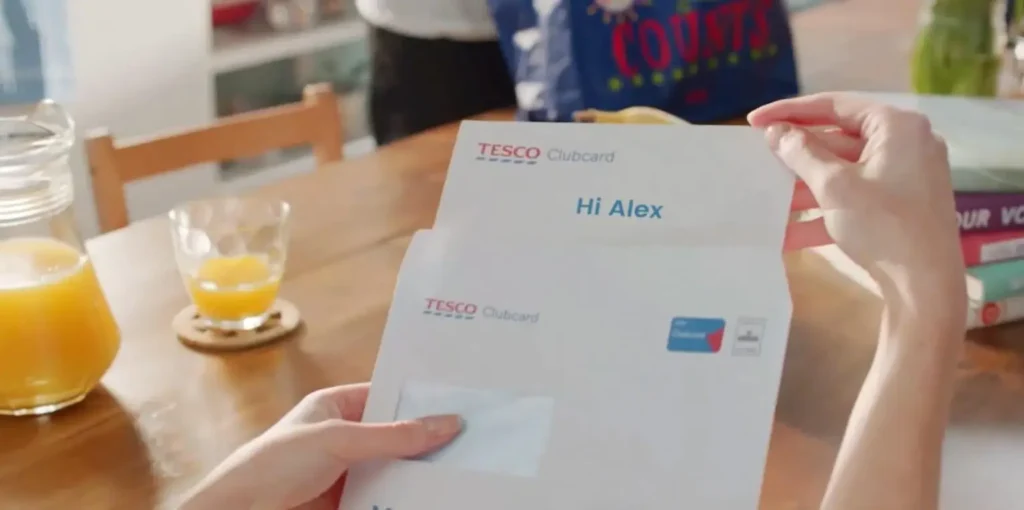As personalization becomes a standard rather than a nice-to-have, brands looking to stand out from the crowd are cranking things up with hyper-personalization.
Post on
This data-driven approach to marketing goes beyond traditional personalization by leveraging automation, artificial intelligence, machine learning and vast amounts of data. The result? Experiences that are tailored to individual customers on a granular level.
With the help of advanced technology, hyper-personalization helps businesses make deeper connections with their audience, leading to benefits like higher customer engagement, loyalty and conversion rates — just to name a few. But with so many approaches to hyper-personalization, where should you start?
From personalizing based on data to tailoring the content medium itself, we’re breaking down 3 essential ways to think about and approach hyper-personalization.
1. Let the Data Guide You
Customer data should be the foundation of your hyper-personalization strategies. Rather than grouping customers by persona or segment, you tap into key data and insights about a customer in order to tailor your messaging for that individual.
The kind of data you’ll use will depend on your specific business model and the data sources you have access to. In general, though, leveraging information about a customer’s past behavior and their demographics is a good place to start.
Behavioral data such as their purchase history, app activity and browsing history can be used to uncover customer preferences and deliver a more relevant experience. For instance, Netflix uses data analytics and predictive algorithms to analyze streaming patterns and recommend relevant content for each user, leading to longer viewing sessions and increased user retention.
Demographic data such as age, gender and location can also be used for personalization. A travel company, for example, could personalize a trip offer based on location and age group, which works to ensure that the destination is one that would appeal to that particular customer.
To create a truly hyper-personalized experience, though, you’d want to leverage numerous pieces of information. From past behaviors and demographics to personal details like first names, the combined use of multiple data points is what creates a tailored experience that feels truly unique to each person.
Take this digital marketing campaign by Celebrity Cruises. The video incorporates plenty of details that are unique to the viewer, including their first name, the last cruise they went on, their status as an elite plus member and even the city they’d be departing from. The result? A hyper-personalized offer that’s genuinely one of a kind.
2. Hyper-Personalize the Medium
Beyond incorporating customer data, you can also personalize the content itself. Think text, graphics and even videos that are custom-tailored for individual consumers.
Dynamic text insertion is one popular approach to personalizing text within emails, websites, apps and more. It involves automatically replacing placeholders with specific information based on customer data.
For example, “Hi [First Name], enjoy a 20% discount on [Favorite Category] items at your local [Nearest Store Location]!” could dynamically become “Hi John, enjoy a 20% discount on electronics at our downtown location!” based on real-time data collection.
Incorporating Personalized Graphics adds another layer of 1:1 personalization. With images already playing a powerful role in conveying messages and capturing attention, personalized images take it a step further by tailoring visuals to individual preferences.
Whether it’s a GIF celebrating a customer’s birthday or a personalized infographic spotlighting a player’s top gaming stats, Personalized Graphics are both eye-catching and great for social sharing. Case in point, this infographic by Ubisoft (just a snippet of which is below) led to a 5x uplift in Facebook and Twitter share rates, with fans eagerly posting their personalized stats online.
Of course, if we’re talking about personalizing content, we can’t leave out Personalized Videos. Video has the advantage of leveraging text, visuals and audio all at once, giving brands a multitude of ways to tailor the viewing experience to each person.
With video, customizing the text and graphics is just the beginning. From the specific scenes selected to the music or voiceover used, nearly every element of the video can be personalized to an individual viewer.
The example below showcases 9 different Personalized Videos by Assassin’s Creed but you can imagine how this kind of campaign can scale up to millions of unique videos based on customer data and insights.
3. Keep the Channel in Mind
Finally, an essential thing to consider is the channel that you’re delivering on. Some channels are more difficult to hyper-personalize on, such as social media where access to user data is relatively limited. Luckily, the most popular communication channels don’t have that problem.
According to our latest consumer trends study, email is still the top channel people prefer for brand communications. From dynamically personalizing the text content to including an exclusive video message, the sky’s truly the limit when it comes to personalized email marketing campaigns.
However, it’s important to point out that email has been dropping in popularity year over year, with only 36% of consumers ranking it as the most preferred channel in 2024 versus 43% in 2023 (and 52% the year prior).
In other words, to stay ahead, brands need to start thinking omnichannel. Here are some quick tips for how to approach hyper-personalization in growing channels:
- Text messaging. Keep it short and sweet with concise messages that include a few personal details. Personalized GIFs or graphics are also a great fit for this channel.
- In-app. Depending on your mobile app’s design, feel free to get creative with personalized content, notifications, videos and more.
- Website. While you’ll typically have limited information about your website visitors, a clever workaround is to add customizable elements, such as an Interactive Video, that visitors can play with. Landing pages and customer portals also provide plenty of opportunities to hyper-personalize different touchpoints in the customer journey.
All in all, by tailoring your approach to each channel, you can create a hyper-personalized customer experience that not only improves customer satisfaction and customer loyalty but greatly strengthens customer relationships.
Embracing the Next Level of Personalization
As we’ve seen, there are many different ways to approach hyper-personalization, with the real magic happening when you combine these tactics to create tailored experiences that perfectly align with customer needs and preferences.
One particularly powerful tool in the hyper-personalization toolkit is Personalized Video. With Idomoo’s Next Generation Video Platform, you can deliver individualized experiences that make a real impact on your business success metrics. Just take a look at some of our clients’ results:
- 3x sales uplift
- 9x conversion uplift
- 10x higher engagement
Ready to see Personalized Video in action? Reach out for a free demo today and let us show you how we can bring your hyper-personalization marketing strategy to life.








